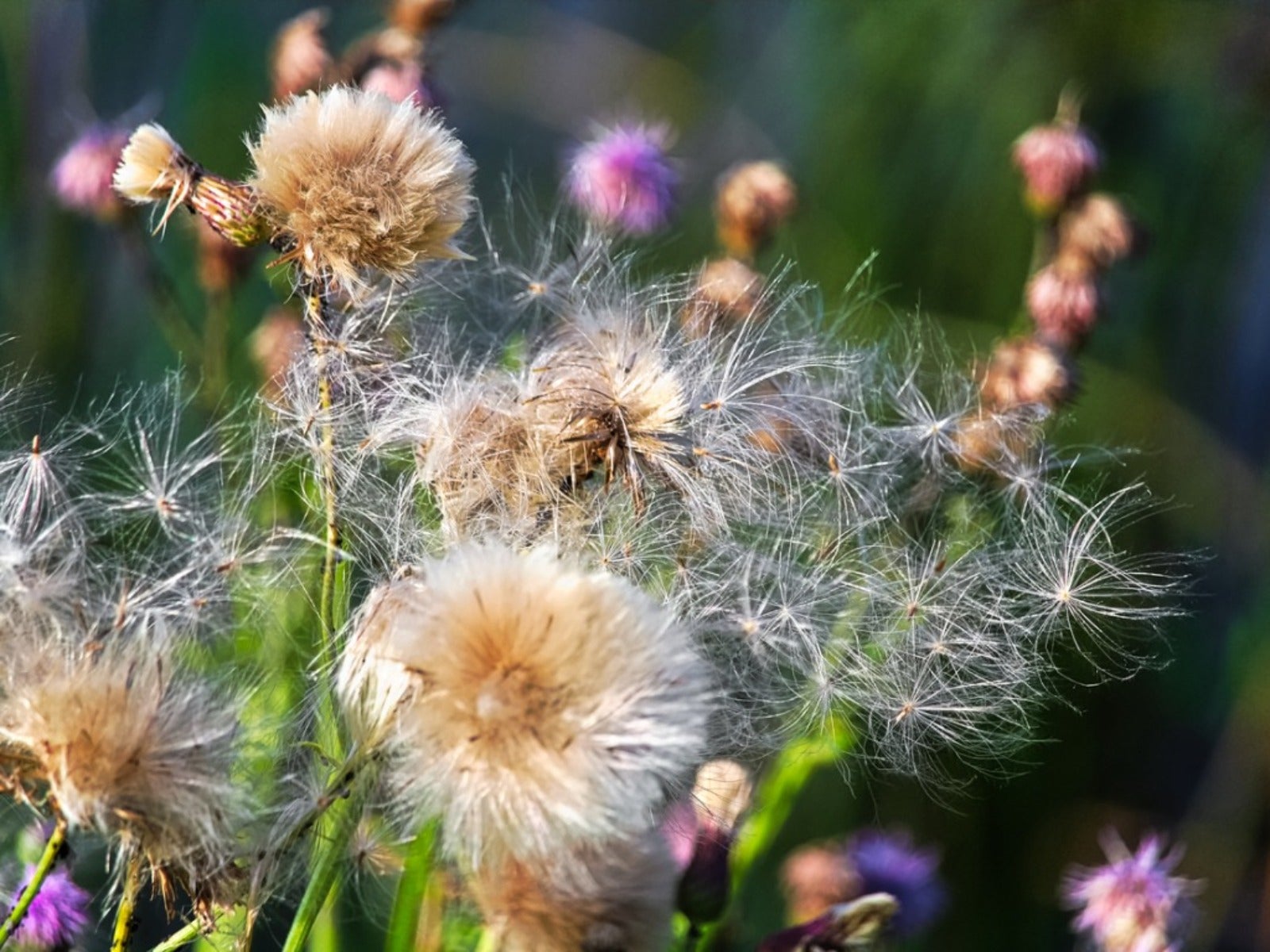These Weeds That Spread By Seed Can Sprout After Years


How do weeds spread? Although some perennial weeds propagate new plants from runners, most are germinated from seeds. If you don't particularly enjoy weeding, reducing the number of weed seeds in your garden is one way to cut down on this routine gardening chore. How long do weed seeds remain viable in the soil and what contributes to their longevity? Let's find out.
Never Let 'Em Set Seed
Did you know that lambsquarter produces half a million seeds per plant? That's nothing compared to the two million seeds generated by a single purslane plant. If you've ever heard the saying “never let 'em set seed,” that's why. Each time a weed drops seeds into the garden bed, it increases the weed seedbank.
The seedbank consists of the number of viable seeds in the soil. These could be weed seeds that are near the surface or those which are buried deep in the ground. The seedbank is responsible for fueling new weed growth. Furthermore, weed seeds in the seedbank can lay dormant in the ground for years, decades, and yes, even centuries.
How Long Do Seeds Last
The record belongs to a 2,000 year old date palm seed, which is the oldest ever germinated. Mustard seeds are also long lived as evidenced by the 600 year old seeds which germinated after being excavated from a Denmark monastery. Moth mullein seeds from a research project at Michigan State University were still viable after 130 years.
Luckily, most weed seeds in your garden soil won't last that long. Some, like common groundsel, will die within a year. Queen Anne's lace seeds will remain viable for a few years, but Canada thistle can last up to two decades. There are several factors which influence how long weed seeds remain viable, but not letting more weed seeds fall to the ground is one of the best ways to reduce weeds in the garden.
Weed Seed Viability
Seeds consist of an embryo, endosperm, and seed coat. The embryo is the beginnings of the new plant. The endosperm stores the energy needed for the plant to grow before it's capable of photosynthesis. The seed coat encases and protects the embryo and endosperm.
The hardness of the seed coat is one factor which influences how long a seed will remain viable in the soil. Naturally, the harder the coat, the better protective barrier it provides. A tough seed coat also reduces predation of the seed by blocking the release of odors. Seeds are a nutritious food source for worms, insects, mice, and birds. It's estimated about 50% of seeds are consumed by these animals.
Sign up for the Gardening Know How newsletter today and receive a free copy of our e-book "How to Grow Delicious Tomatoes".
Other factors which contribute to weed seed longevity include:
- Depth – Tilling moves seeds near the surface to deeper within the ground. The deeper the seed is stored in the ground, the longer it will remain viable. For example, giant foxtail seeds survive one to two years near the surface, but can be viable up to 39 years when buried deep within the soil.
- Monocot vs. dicot – Overall, broadleaf weed seeds tend to remain viable longer than grass species. The seeds of many annual grassy weeds, like brome grass, are not likely to germinate after two to three years. Some broadleaf weed seeds, such as curly dock and field bindweed, measure longevity in decades.
- Species – Not all seeds are programmed to germinate as soon as conditions are right. Many species of weeds, like jointed goatgrass, have built in triggers which stagger dormancy. Having seeds which germinate throughout the growing season or even in subsequent years allows some offspring to grow in more favorable conditions and helps ensure the likelihood the species will survive.
While it can be disheartening to realize you could be fighting weeds for years to come, reducing the number of seeds which are added to the seedbank is a good place to start the battle. Solarizing the soil can kill long lasting seeds near the surface and shallowing tilling will reduce the number of viable seeds brought to the surface.

Laura Miller has been gardening all her life. Holding a degree in Biology, Nutrition, and Agriculture, Laura's area of expertise is vegetables, herbs, and all things edible. She lives in Ohio.